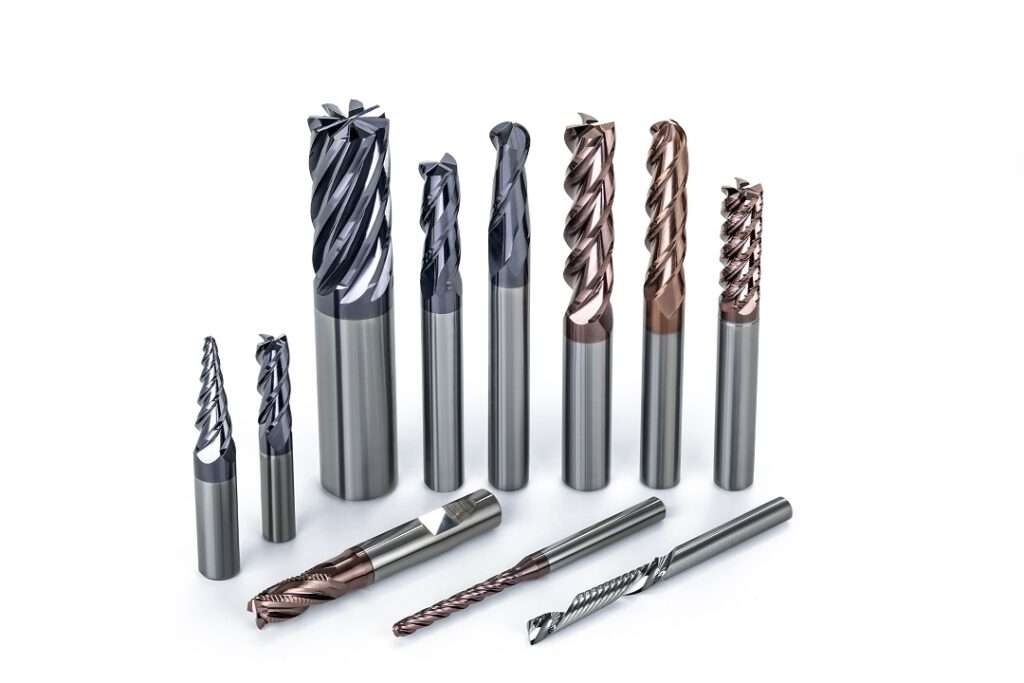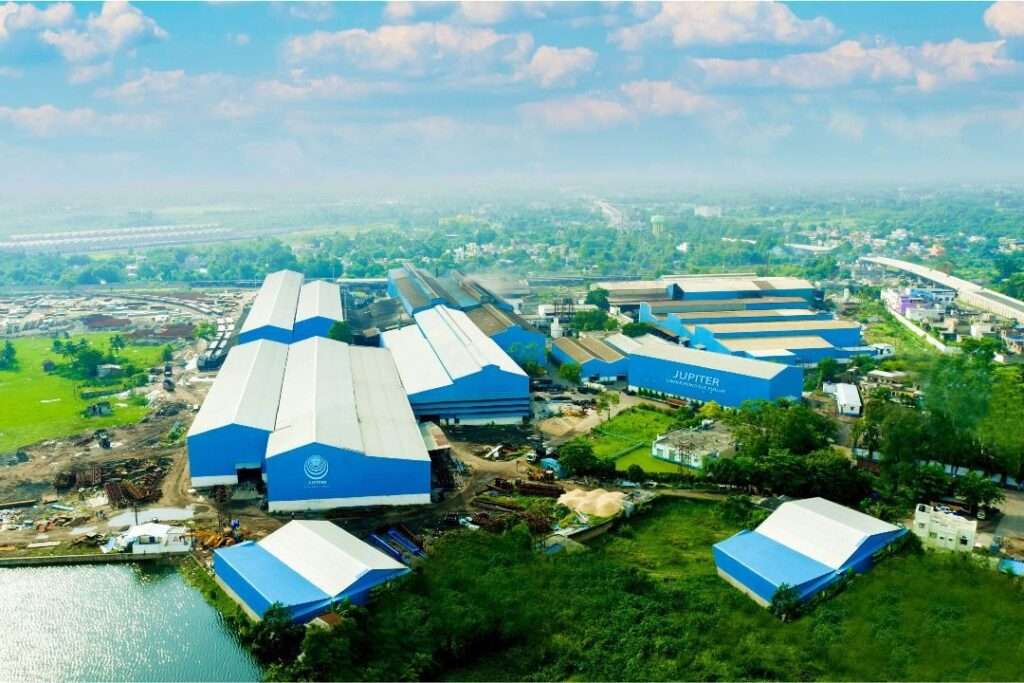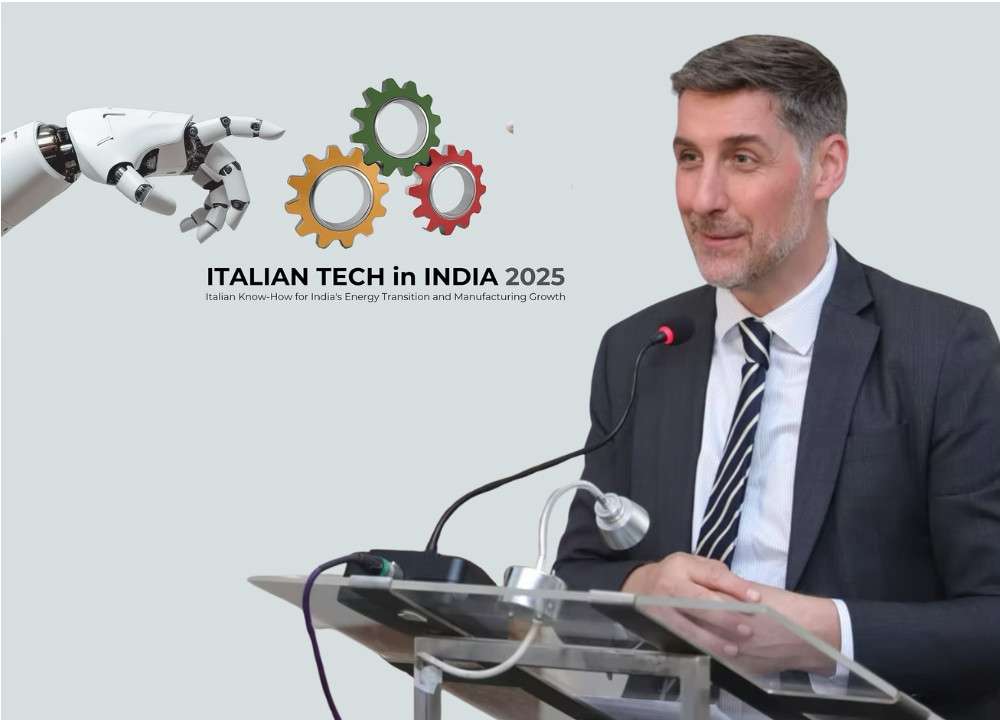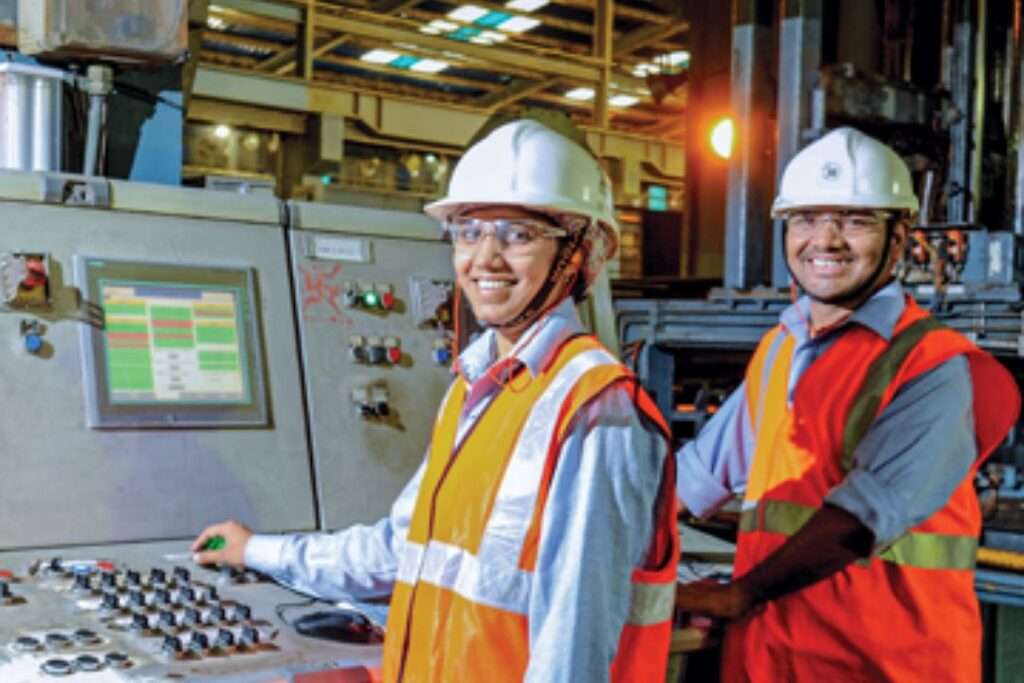Sustainable manufacturing is still in the nascent stage in India but has seen accelerated traction over the past few years. With the increasing scarcity of water, energy, and mineral resources, sustainable manufacturing is the need of the hour.

India’s Hon’ble Prime Minister Narendra Modi recently pledged at the COP26 Summit that India will cut its emissions to net-zero by 2070. In pursuit of achieving this goal, several behavioural and policy developments will be required. The manufacturing sector has already been working steadily to reduce its carbon & emissions footprint. Hence, there are a few practices that manufacturing companies can adopt to fast-track the pace of sustainable manufacturing. Basis this, they have started to look and find solutions to minimize the environmental impacts of the products, materials, and processes they have so they can help drive the circular economy.
Before it causes any environmental impact in the real world, companies need to think about how their products and processes will affect the ecosystem. The impact should then be measured across business functions such as supply chain, design, manufacturing, operations, logistics, sales, marketing, and end-of-life management.
Strong ESG framework
Organizations should focus on implementing comprehensive environmental, social, and governance (ESG) frameworks and policies. A focus on ESG is important to ensure the sustainability of a circular economy – the most viable route to preserve the precious and finite resources of our planet. Various other factors, such as rising social conflicts, are also adding to the acceleration of ESG investments. A strong ESG framework increases operational efficiency by reducing costs and waste and ensures overall business growth.
Adopting Lean and Green Measures
 Foremost, manufacturing companies need to adopt the idea of green buildings as they use less energy, water, and natural resources and encourage the use of renewable energy. For example, they can try switching to environmentally friendly options such as solar energy. For doing so, they need to undertake an audit to recognize their energy consumption and waste generation patterns.
Foremost, manufacturing companies need to adopt the idea of green buildings as they use less energy, water, and natural resources and encourage the use of renewable energy. For example, they can try switching to environmentally friendly options such as solar energy. For doing so, they need to undertake an audit to recognize their energy consumption and waste generation patterns.
After which, according to the daily and monthly energy demands of the company, solar power can be used for heating, lighting, and cooling. It will reduce costs, minimize global carbon dioxide emissions, and boost the efficiency of business operations. Also, the effective use of water and other natural resources, either through production process optimization or internal recycling for reuse, will help reduce the consumption of these resources.
The inclusion of sustainability must happen in a loop that starts from the process of design, travels through the measurement of energy consumption, and closes with recycling and replenishment. Only when this loop is adopted, we can truly reap the benefits of sustainable manufacturing in the long run.
Leverage Smart Technology
Buildings and infrastructure are the layouts of our society but, according to a study by the World Green Building Council, buildings account for 39% of the world’s carbon emissions. With the increasing population, this number will only increase to support the progress of the country. However, the technology currently available in the market can help reduce the environmental impact of these constructions significantly.
The initial design process, the continued adoption of Building Information Modelling (BIM), and the addition of technologies like mixed and augmented reality that allow project owners to visualize their projects even before they are constructed can help reduce the rework, material use, fuel, and other resources and thus helping in reducing the overall energy consumption.
Contribution to GDP
 Careers in sustainability solutions are becoming the next big thing as areas such as green technology, environmental sustainability, and certification schemes are gaining importance. This has given rise to manufacturing-related jobs in construction, engineering, and design. According to International Labour Organization (ILO) estimations, the right push in creating a perfect balance between the environment, society, and economy can create 24 million new jobs worldwide by 2030.
Careers in sustainability solutions are becoming the next big thing as areas such as green technology, environmental sustainability, and certification schemes are gaining importance. This has given rise to manufacturing-related jobs in construction, engineering, and design. According to International Labour Organization (ILO) estimations, the right push in creating a perfect balance between the environment, society, and economy can create 24 million new jobs worldwide by 2030.
As for India, the National Manufacturing Policy was introduced by the government in 2011 with an aim to increase the share of the manufacturing sector in GDP to 25% by 2022 and create 100 million job opportunities by the same time. But, with the contribution of the manufacturing sector to the country’s GDP still stuck at nearly 16%, a lot of potentials continues to remain untapped. Hence, as a sector, adopting Green Manufacturing will not only help in protecting the environment but will also enhance our contribution to our country’s GDP and pave way for millions of job opportunities.
Conclusion
Industry technologies have the potential to address various environmental challenges such as climate change, resource depletion, and environmental protection. This can be achieved via leveraging the technology to develop and build better and sustainable products which in turn benefit the environment and society at large.
It is also required that the product’s sustainability is adequately measured by assessing the performance of social, environmental, and economic principles. In a nutshell, the R’s- reduce, reuse, recycle, recover, redesign, remanufacturing, repurpose, refurbish, refuse, are required to be implemented at all stages of a manufacturing process and products expanded.








